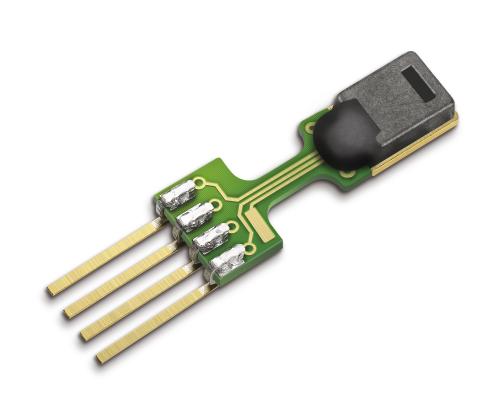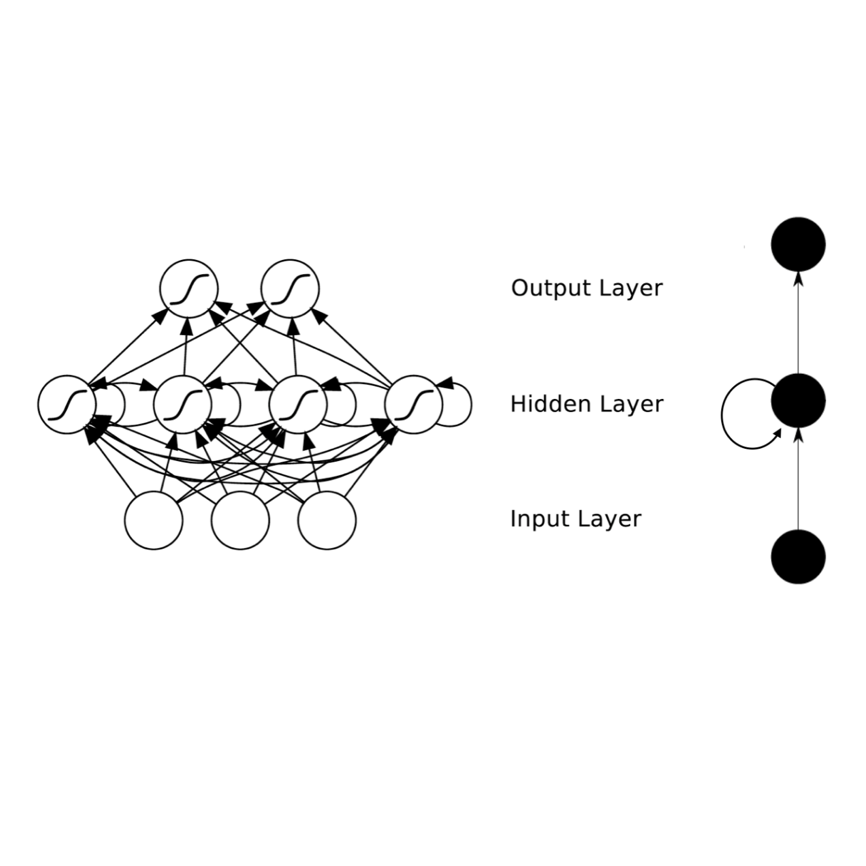This paper presents a sensor fusion based Global Navigation Satellite System (GNSS) spoofing attack detection framework for autonomous vehicles (AV) that consists of two concurrent strategies: (i) detection of vehicle state using predicted location shift -- i.e., distance traveled between two consecutive timestamps -- and monitoring of vehicle motion state -- i.e., standstill/ in motion; and (ii) detection and classification of turns (i.e., left or right). Data from multiple low-cost in-vehicle sensors (i.e., accelerometer, steering angle sensor, speed sensor, and GNSS) are fused and fed into a recurrent neural network model, which is a long short-term memory (LSTM) network for predicting the location shift, i.e., the distance that an AV travels between two consecutive timestamps. This location shift is then compared with the GNSS-based location shift to detect an attack. We have then combined k-Nearest Neighbors (k-NN) and Dynamic Time Warping (DTW) algorithms to detect and classify left and right turns using data from the steering angle sensor. To prove the efficacy of the sensor fusion-based attack detection framework, attack datasets are created for four unique and sophisticated spoofing attacks-turn-by-turn, overshoot, wrong turn, and stop, using the publicly available real-world Honda Research Institute Driving Dataset (HDD). Our analysis reveals that the sensor fusion-based detection framework successfully detects all four types of spoofing attacks within the required computational latency threshold.
翻译:本文介绍了基于传感器的全球导航卫星系统(GNSS)对自主车辆(AV)进行攻击攻击探测框架,由两个同时的战略组成:(一) 使用预测的位置变化探测车辆状态 -- -- 即两个连续的时间戳之间的距离 -- -- 监测车辆运动状态 -- -- 即停顿/运动;和(二) 探测和分类转弯(即左转或右转)。从多成本的车辆传感器(即加速计、方向角传感器、速度传感器和全球导航卫星系统)获得的数据,并输入到一个经常性的神经网络模型中,这是一个预测位置变化的长期短期记忆(LSTM)网络,即两个连续的时间戳戳之间的距离;以及(二) 检测和分类转弯曲(即左转或右转)。 然后,我们将基于K-Nearbors(即加速计、方向传感器、速度传感器)和动态时间转换(DTTW)的算法合并在一起,用以检测和分解攻击的左转和右转,利用可操作的轨道传感器数据,从可获取的Srent 方向传感器,证明所有基于攻击的轨道的测算和轨道测算系统。





